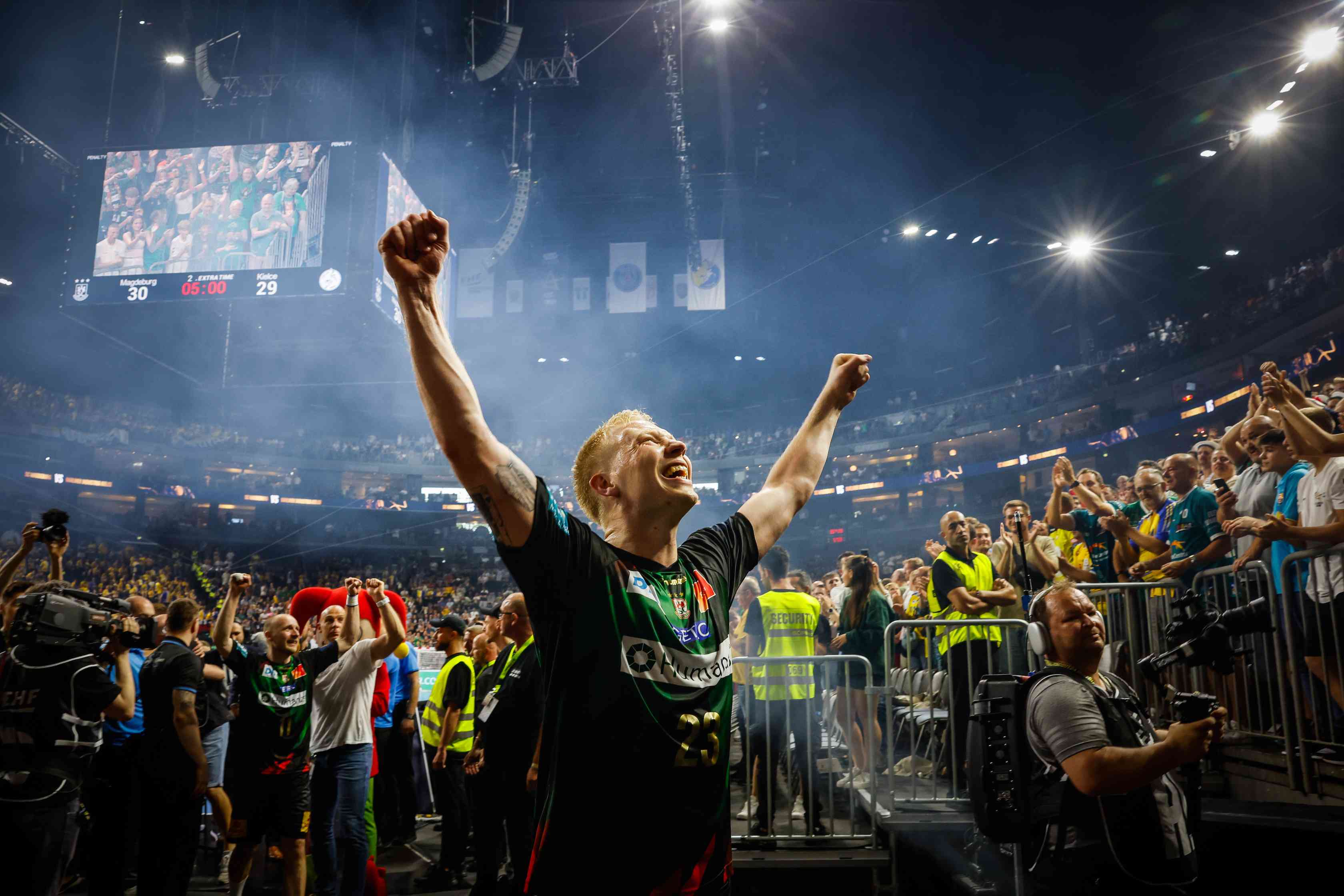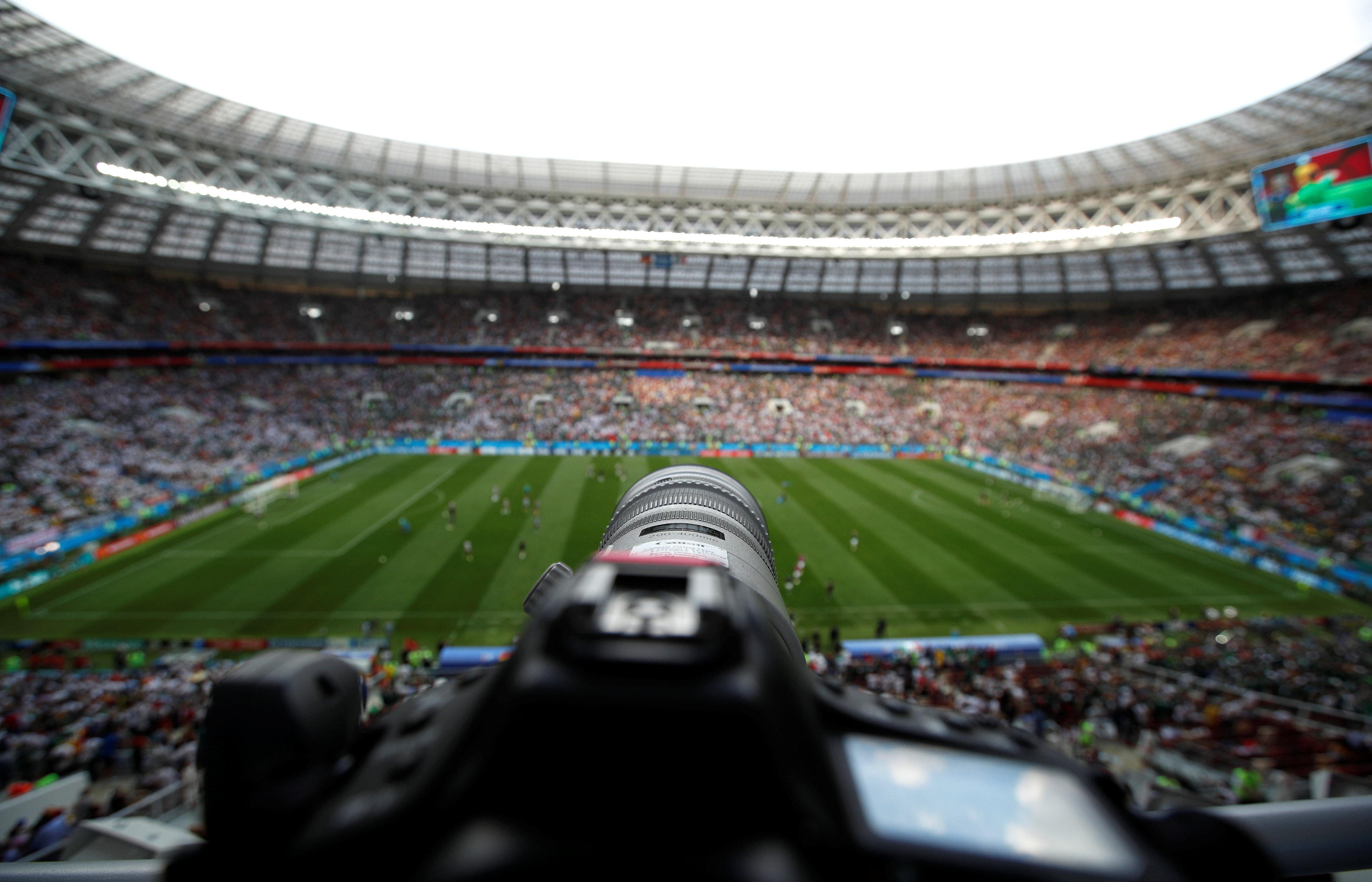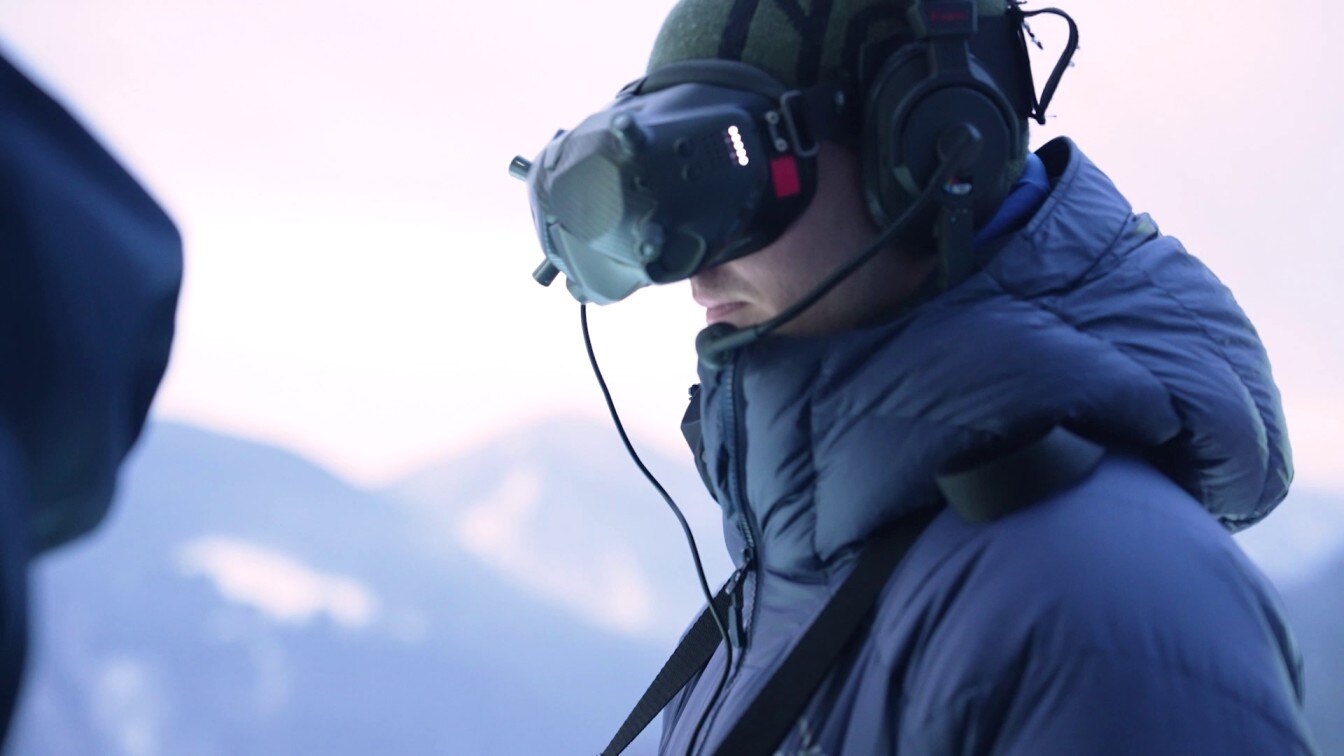The quiet art of delivering global sports spectacle
/Images-Logos/31072025_Blog_Media%20Ops%20IIHF.jpg)
What is radio frequency and how can it keep a sport like cycling live?
EHF "Dare to Rise" documentary example of enhanced sports content offering for rightsholders and fans
Remote control - Broadcasting in a post-lockdown world
Flying high with drone filming at sports events
Behind the screens: How a master control room brings live sports to millions
Broadcasting a sports event might seem simple: Point a camera, press record, put it on air. But behind the scenes of a truly global sports event, like the IIHF Ice Hockey World Championship, the reality is far more complex. It's less about the sport itself and more about the mechanics of getting it from ice to eyeballs, all while managing expectations that seem to grow with each passing year.
The trick is orchestrating all the signals, rights and partnering with diverse needs across every conceivable time zone and platform. “Our main focus is to ensure logistics and operations for broadcast partners as well as the host broadcaster on-site at the venues and seamless delivery of the broadcast signal across the globe," says Corinne Züger, Senior Manager Media Operations at Infront.
It isn't a job for the faint-hearted. It requires a singular focus on logistics and an uncanny ability to balance grand ambitions with the stark realities of an arena floor. It's a constant negotiation between what's wanted and what's possible, a reminder that even in the high-tech world of sports media, bricks and mortar still hold sway.
The silent orchestration of global reach
Delivering an annual tournament of this scale means managing "everything from media rights management to the full-scale production and international distribution," adds Corinne. This central hub ensures the excitement on the ice genuinely reaches fans everywhere, with consistency and quality. It also includes the somewhat hectic task of "organising and managing interview requests during games" and providing the myriad commentary positions and studio transmissions broadcast partners may require.
To guarantee all of this, the meticulous planning begins approximately two years in advance. This involves discussions with the Local Organising Committee and Host Broadcaster, in collaboration with the International Ice Hockey Federation (IIHF), regarding all required multilateral and unilateral positions. That means camera positions, interview spots, studios and commentator positions. Throughout this extensive planning phase, numerous site visits are conducted to iron out the details and ensure seamless delivery of all logistical requirements for both host and broadcast partners.
Navigating the pitfalls and rising expectations
Ensuring seamless global coverage involves managing a sophisticated production workflow, utilising top-tier technology and highly experienced teams alongside the host broadcaster and technical suppliers for signal delivery. The coordination must be close-knit with all stakeholders – host broadcaster, rightsholders, and production crews – to ensure reliable, high-quality coverage for every game, across all time zones and platforms.
“The biggest challenge is combining expectations with the reality on-site," adds Corinne. Providing the best experience for broadcast partners and TV viewers is the goal, but limitations often arise from regulations or the specific circumstances of an arena. It's imperative to provide all available details to broadcast partners so they can plan their on-site production effectively, particularly for elaborate studio shows. Equally important is having robust backup plans in place, should technical problems with signal delivery occur, to ensure every broadcast partner receives the feed without interruption.
“Broadcasters now demand more than just a live feed," says Corinne. "They expect tailored content, multi-platform solutions, quick turnaround highlights, and behind-the-scenes footage." This is all aimed at engaging audiences across various digital channels. Furthermore, broadcast partners on-site are increasingly requesting more behind-the-scenes access themselves, enabling them to record tailored team features, further complicating the already intricate dance of access and delivery.
The value proposition: Content, rights and engagement
Managing the media rights for an event like the IIHF Ice Hockey World Championship requires a dedicated team. There's a responsible person for media sales, an overall media project lead, and a team focused solely on managing the media operations for the event itself, dealing with daily broadcast partner requests. This global media rights and distribution management ensures each partner receives the necessary assets and access. The team works closely with rightsholders to tailor solutions based on market needs and regulatory frameworks, helping each broadcast partner maximise the success of their rights.
Broadcasters primarily look for "reliability, flexibility, and innovative content that can enhance their broadcast." The IIHF, in turn, expects a seamless and professional tournament experience globally, while upholding the brand and quality of the championship.
“We help create premium content that elevates the value of broadcast rights while offering brand visibility and storytelling opportunities for sponsors," says Corinne. The overarching goal is always to maximise viewership for broadcast partners. This entails creating a high-quality production for the world feed and providing partners with opportunities to add their own unilateral content.
This bespoke content, whether it's player interviews or an in-arena studio, connects viewers to the game and gives them the authentic experience of being there live. High-quality content is crucial, as it drives audience retention, brand engagement, and fan loyalty.
From cinematic intros to exclusive pre-game speeches from the dressing rooms, these storytelling touches transform a broadcast into an immersive experience — offering fans deeper insight and greater connection to the championship. This is why there's a constant striving for innovations, even small ones, such as securing additional access to teams, like a coaches’ pre-game speech, which offers valuable additional insights to TV viewers. It's about delivering value, not just a service. And frankly, there's a lot more involved than just pressing 'record'.

/Images-Logos/20062025_Blog_radio%20frequency.png)



